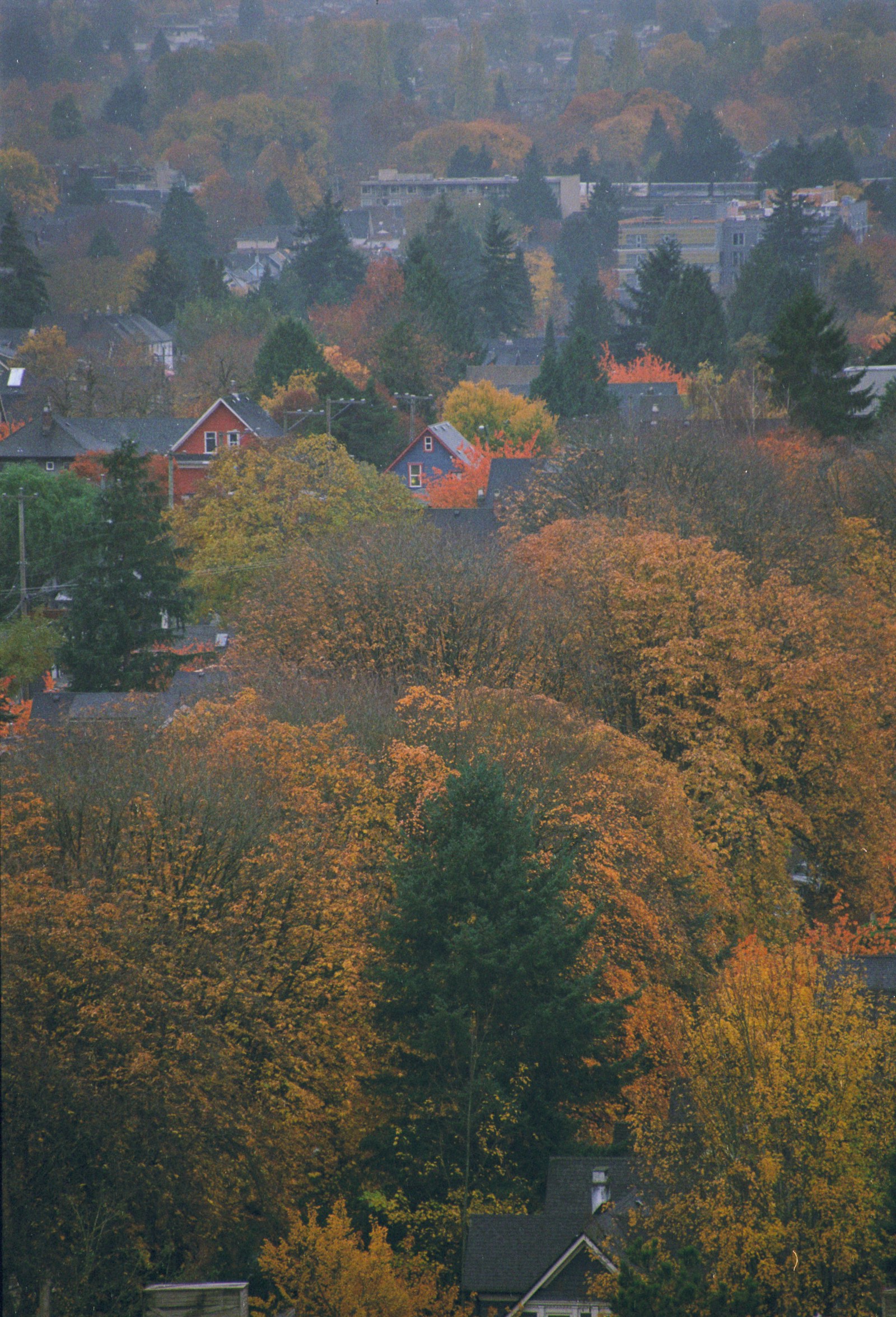If you live, buy, build, or develop property anywhere in the Cowichan Valley — from Duncan and Mill Bay to Chemainus, Shawnigan Lake, Cobble Hill, or Lake Cowichan — the 2025 Aboriginal title rulings in British Columbia are worth your attention.
Two cases in particular — the Cowichan Tribes’ Richmond ruling and new Secwépemc title filings in Kamloops — are reshaping how land ownership, Aboriginal title, and property rights interact in settled areas. Here’s what’s happening and why it matters locally.
1) What the Cowichan (Richmond) Decision Actually Decided
In August 2025, the B.C. Supreme Court recognized Cowichan Tribes’ Aboriginal title over parts of Lulu Island (Richmond). The Court:
Confirmed that Cowichan hold Aboriginal title to specific lands, including areas tied to a historic village site.
Declared that some Crown-granted titles (held by governments) were invalid, because they infringed Aboriginal title — but suspended that invalidity for 18 months to allow negotiation.
Made clear that Aboriginal title can co-exist with fee simple ownership, meaning private property rights and Aboriginal title can overlap.
Stated that provincial grants and land registration cannot extinguish Aboriginal title without proper legal justification.
While this case focused on the Fraser River area, the principles apply across B.C. — especially in places like the Cowichan Valley, where there are active and historical title assertions by local Nations.
2) Local Context: Cowichan Valley Title & Treaty Landscape
The Cowichan Valley sits in the traditional territories of several Hul’qumi’num-speaking Nations, including Cowichan Tribes, Halalt, Penelakut, Lyackson, Stz’uminus, and Ts’uubaa-asatx (Lake Cowichan First Nation).
These Nations have long maintained that much of the Valley — including rivers, lakes, and shorelines — remains under unextinguished Aboriginal title. That means Crown land grants and development activities in these areas may need consultation or negotiation if rights overlap.
High-attention / higher-risk areas in the Cowichan Valley
Duncan & Quamichan Valley: Historic Cowichan village and agricultural field sites are located in and around Duncan and Quamichan Lake. The Cowichan River corridor and its floodplain are particularly significant.
Mill Bay & Cobble Hill: These coastal zones along the Saanich Inlet were historically Cowichan and Malahat territory, used for fishing, harvesting, and canoe travel. Any waterfront or hillside development near the inlet may face cultural site reviews.
Shawnigan Lake & Cobble Hill Interior: The lake area lies within Cowichan and Malahat territory, and features ancestral village and resource sites. The shoreline, watershed, and any undeveloped lakefront are culturally sensitive.
Chemainus & Crofton: These coastal areas correspond with Stz’uminus Nation territory. Traditional harvesting areas and foreshore lands have documented ancestral use, so waterfront lots and industrial redevelopment should expect early consultation.
Lake Cowichan: The Ts’uubaa-asatx Nation (Lake Cowichan First Nation) maintain active interests around the entire lake and watershed. Subdivisions, marinas, and lakefront construction fall under high cultural and environmental review zones.
Across these communities, the unifying theme is water — rivers, lakes, estuaries, and foreshore are the most likely areas of overlapping Aboriginal title or historical rights.
3) What It Means for Property Owners and Developers
a) Negotiation and partnership will define the future
The Richmond ruling confirmed that Aboriginal title and fee simple can co-exist, but they must be reconciled. In practical terms, that means:
Early dialogue with local Nations is essential.
Municipal and regional planning in Duncan, Mill Bay, Shawnigan, Cobble Hill, Chemainus, and Lake Cowichan will increasingly involve Indigenous partnership tables.
Project approvals and land use plans will need to respect both sets of rights.
b) Due diligence must go beyond the title search
Ask whether your property sits within an asserted Aboriginal title area or near a historic village site.
Review if your parcel borders a river, estuary, foreshore, or lake — these are high-priority areas for consultation.
Plan for archaeological assessments and cultural heritage reviews as part of development planning.
c) Expect more scrutiny in transactions and financing
Lenders and buyers are now examining whether Indigenous rights could affect land use. Properties near waterfronts, forests, or undeveloped corridors may attract additional review or disclosure requirements.
d) Government and municipal responses
The Cowichan Valley Regional District, Municipality of North Cowichan, and nearby municipalities have all expanded their First Nations consultation frameworks. Expect more review steps, especially for rezonings, foreshore works, and resource projects.
4) Key Facts at a Glance
The Cowichan ruling confirmed Aboriginal title recognition in southern B.C. and suspended invalid public titles for 18 months to allow negotiations.
Private third-party titles were not struck down, but the Court confirmed they may co-exist with Aboriginal title and require reconciliation.
The Cowichan Valley includes overlapping traditional territories of Cowichan Tribes, Stz’uminus, Halalt, Penelakut, Lyackson, Malahat, and Ts’uubaa-asatx Nations.
High-attention areas: Cowichan River, Quamichan Lake, Saanich Inlet shoreline (Mill Bay/Cobble Hill), Shawnigan Lake, Chemainus foreshore, and the entire Cowichan Lake watershed.
Key takeaway: Water-adjacent, undeveloped, or historically significant lands carry the highest title and consultation risk.
5) Final Word for the Cowichan Valley
For homeowners, buyers, developers, and realtors across Duncan, Mill Bay, Chemainus, Crofton, Shawnigan, Cobble Hill, and Lake Cowichan, the message is clear:
Don’t panic — but plan ahead.
Fee simple ownership remains valid, but Aboriginal title can overlap it. Future-proof your investment by engaging Indigenous Nations early, respecting cultural and environmental heritage, and ensuring your due diligence covers more than just the Land Title Office record.
Projects that integrate Indigenous partnership from the start will move more smoothly — and define the new standard for responsible development across the Cowichan Valley.
